On-board diagnostics technology has become an essential element in modern vehicles, particularly diesel-powered ones.
OBD2 diagnostic Scanner systems offer real-time diagnostic data, which is crucial for efficient vehicle maintenance and repair.
Here is an in-depth look at how OBD2 operates on these cars and why its technology should be an indispensable resource.
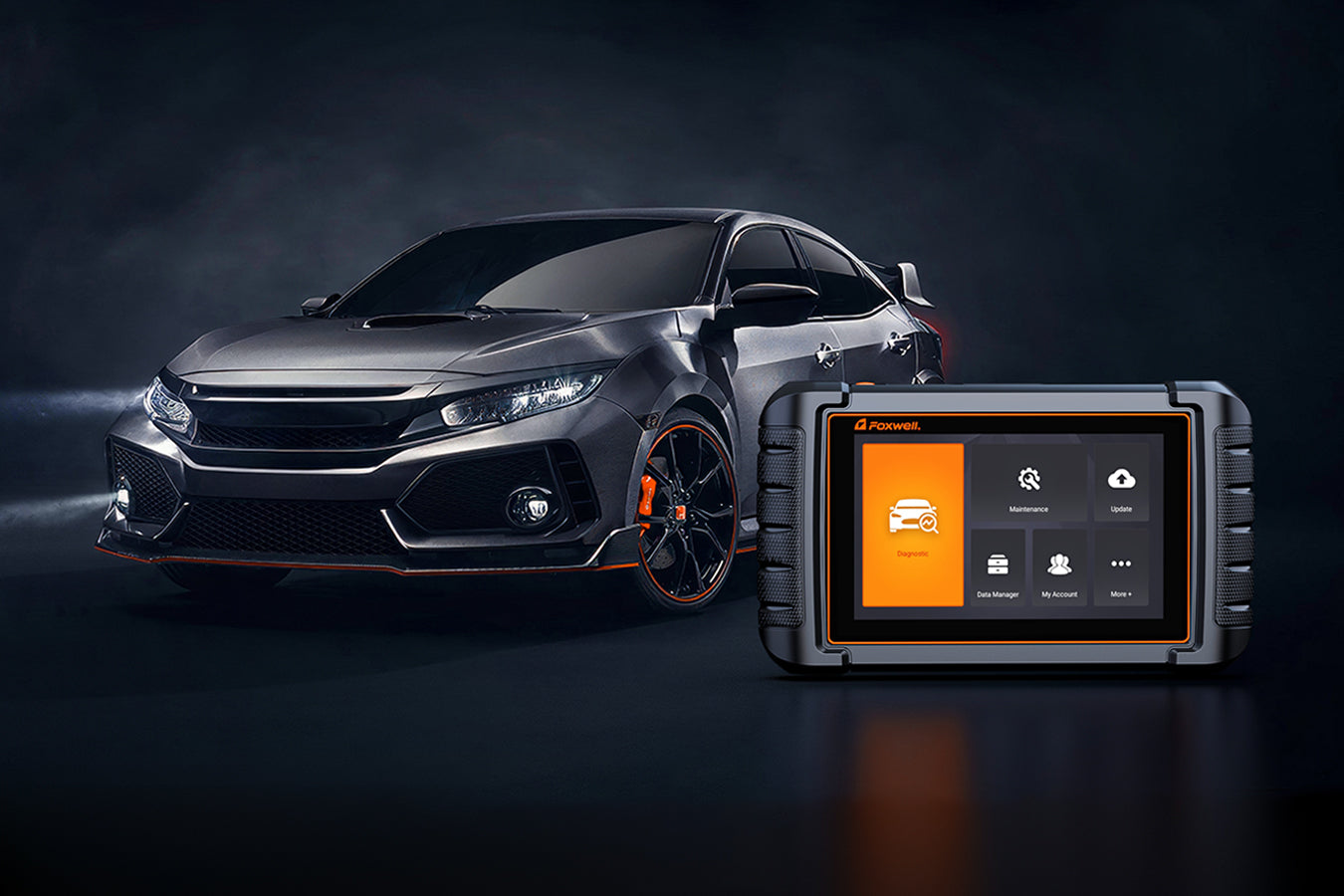
Components of OBD2 Systems in Diesel Vehicles
An OBD2 system comprises several key elements.
These are ECU: As the central controller for an OBD2, this unit manages engine operation while gathering diagnostic information.
Sensors: Sensors such as oxygen, fuel pressure, and engine temperature sensors feed information about vehicle performance back to the ECU.
Diagnostic Connector: Commonly found beneath the dashboard, this connector allows diagnostic tools to communicate with the vehicle's computer system.
OBD2 System in Diesel Vehicles
Diesel engines typically emit higher emissions than their gasoline counterpart. OBD2 monitors functions related to emissions control that could lead to increased emissions, such as EGR systems, particulate filters, and others that could malfunction, leading to increased emissions.
The OBD2 system detects malfunctions that might improve these emissions, such as malfunctioning exhaust gas recirculation systems or particulate filters, releasing more emissions into the atmosphere.
OBD2's Role in Diesel Vehicles Emission Regulation Compliance
With stricter emission standards worldwide, OBD2 helps diesel vehicles comply with environmental regulations by monitoring and verifying the efficiency of emission control systems.
Maintenance and Repairs: OBD2 technology makes the diagnostics process more accessible, making it simpler to spot potential issues before they escalate. This, in turn, reduces repair costs and downtime significantly.
Improved Fuel Efficiency: OBD2 systems help increase fuel efficiency by providing data about engine performance and consumption; this feature is especially crucial in diesel engines, which are known for their efficient use of fuel.
OBD2 systems enable regular diagnosis and maintenance, which helps keep engines in top shape and ultimately increases vehicle performance.
Diagnostic Capabilities and Fault Codes
OBD2 systems in diesel vehicles can generate standard Diagnostic Trouble Codes , which quickly and precisely pinpoint where issues may lie, enabling rapid troubleshooting.
Features to Consider in a Diesel OBD2 Scanner
When purchasing a hd truck scanner for diesel engines, there are key features you should keep in mind that will improve its diagnostic capabilities and user experience.
Foxwell offers many professional OBD2 scanners tailored towards this need. here's what else should be looked out for when selecting an OBD2 scanner based on their offerings:
Compatibility with Diesel Engines
One key consideration when purchasing an OBD2 scanner for diesel engines is compatibility.
Diesel engines differ significantly from gasoline engines in their control modules and diagnostic protocols, and only an OBD2 scanner designed specifically to work with these diesel engines will accurately read and interpret data needed for troubleshooting purposes.
Engine-Specific Codes: Make sure the scanner can read manufacturer-specific (often known as "proprietary") codes and generic OBD2 codes to effectively diagnose complex issues with diesel engines that generic scanners might miss. This will assist in analyzing complex problems more quickly.
Comprehensive Diagnostic Features
An ideal diesel OBD2 scanner should offer comprehensive diagnostic features that go beyond simply reading and clearing trouble codes.
These features should give a deeper insight into engine functionality and help anticipate potential issues before they lead to significant damage.
Real-Time Data Monitoring: Selecting scanners that offer live data streaming capabilities makes it easier to monitor engine operational metrics such as fuel injection timing, turbocharger boost pressure, and exhaust gas temperature in real-time.
Advanced Troubleshooting: Modern diesel engines make use of advanced troubleshooting features like EGR testing, DPF regeneration, and oil light reset to address common diesel-specific issues and maintain engine efficiency while adhering to emission standards.
These capabilities help manage and resolve these common concerns while upholding compliance with emissions regulations and controlling costs.
Graphical Display of Data: Scanners that display data graphically make it easier to spot trends and issues over time, which can be particularly helpful during dynamic testing or when assessing how specific conditions impact engine performance.
User-Friendliness and Interface Design
An OBD2 scanner's interface immensely affects its efficiency and ease of diagnostics. A user-friendly design is crucial, particularly for those without technical expertise.
An intuitive Interface: Scanners should provide users with an accessible menu and clear instructions, making the device more straightforward under different conditions. Touchscreen interfaces further facilitate user engagement.
Multilingual Support: For users in multilingual regions or workshops catering to an eclectic clientele, having access to scanners with multiple language settings is invaluable.
Robust Design: Due to the harsh environments found in garage environments, a truck diagnostic tool's physical design should be durable with features like rugged casing and water resistance for durability.
Connectivity and Updates
WI-Fi/Bluetooth Connectivity: Some scanners feature wireless connectivity for seamless updates and integration with other devices for improved diagnostics.
Regular Software Updates: Ensure the scanner supports regular software updates to stay abreast of emerging diesel engine technologies and diagnostic procedures.
Selecting an OBD2 scanner that suits a diesel engine requires careful consideration of its compatibility, diagnostic capabilities, and ease of use.
Foxwell provides reliable scanners that offer comprehensive diagnostics and ongoing maintenance solutions designed to keep diesel vehicles performing at their best - perfect for mechanics and vehicle owners to drastically enhance maintenance routines, increase performance, and avoid costly repairs.
Advanced Features of Diesel OBD2 Scanners
Diesel OBD2 scanners designed for comprehensive diagnostics like Foxwell offer advanced functions explicitly tailored for diesel vehicles, from regular maintenance tasks like oil changes and transmission flushing to meeting emission standards and running at maximum efficiency. Here is a detailed look at what advanced features you should expect in a high-quality diesel OBD2 scanner like Foxwell can offer.
Foxwell NT301
Foxwell NT301 is an excellent entry-level option with comprehensive OBD2 functionality, making it suitable for DIY enthusiasts and professional mechanics.
With the ability to read and clear engine fault codes quickly, live data viewing, freeze frame data display capabilities, and supporting freeze frame capture, which helps diagnose intermittent engine issues, the Foxwell NT301 provides comprehensive OBD2 functionalities in an entry-level package.
If you need detailed setup steps, troubleshooting tips, or button explanations, you can also refer to the official Foxwell NT301 manual, which helps new users get familiar with all OBD2 functions more quickly.
Foxwell NT10 Elite
The Foxwell NT510 Elite scanner is an all-encompassing scanner with advanced features tailored specifically for certain vehicle makes, including diesel engines.
This versatile unit offers OEM-level diagnosis across a broad range of manufacturers and performs service functions beyond OBD2 scanning, such as EPB reset, oil service light reset, and DPF regeneration regeneration.
This versatility makes it an excellent tool for users seeking tailored features specifically for their vehicle.
Foxwell HD500
For heavy-duty diesel trucks, the Foxwell HD500 is a professional diagnostic scanner built for engines using J1939 and J1708 protocols.
It provides full-system diagnostics for major systems such as engine, transmission, and ABS, along with key diesel functions like DPF regeneration and real-time data monitoring.
Simple to use and built for durability, the HD500 is ideal for technicians handling both light-duty cars and commercial diesel vehicles.
Real-Time Data Monitoring
Real-time data monitoring is an integral component of diagnosing and optimizing diesel engines' performance, with high-end scanners offering services such as:
Live Data Stream: Gain access to real-time feeds that showcase the engine's performance under various conditions, such as injector performance, engine temperature, and fuel efficiency.
Graphical Representation: Modern scanners may display data in easily read graphs that allow trend detection and anomaly spotting over time.
Emission Testing and Compliance
With tightening regulations on diesel emissions, having a scanner that can check compliance is increasingly essential.
Status and Regeneration: Sophisticated scanners can easily monitor the status and initiate regeneration on diesel particulate filters (DPF), clearing away soot-clogged deposits to lower emissions and increase efficiency.
EGR System Testing: High-quality diesel OBD2 scanners also feature EGR system testing as an added feature, helping reduce NOx emissions by redirecting some of an engine's exhaust gasses back to its cylinders and back through the EGR system. This helps lower NOx emissions.
Readiness Monitors: These scanners can monitor emission-related systems to ensure they're ready for emissions testing, an essential feature for passing vehicle inspections.
Programming and Calibration Capabilities
Programming and calibration functionalities are indispensable for maximizing the performance and efficiency of diesel engines: they allow for maximum power output at a minimum cost.
Coding Injectors: Coding injectors allow a scanner to program new injector codes into an engine control unit (ECU), an essential step when replacing or upgrading injectors for optimal performance.
ECU Programming: Some advanced scanners can program the ECU itself with updated software that can increase engine performance and address software-related issues.
Service Resets and Calibration: Service indicators can be reset via a scanner to calibrate relevant systems directly when performing maintenance tasks such as oil changes or replacing an air filter.
User Interface and Connectivity
Touchscreen and Intuitive Menus: High-end models typically include features like responsive touchscreens and user-friendly interfaces to facilitate more straightforward navigation through various diagnostic functions.

Conclusion
Foxwell OBD2 scanners demonstrate their dedication to providing cutting-edge diagnostic tools that cater to a range of users - from casual vehicle owners to professional automotive technicians. Each model in their lineup, such as the NT301 and GT60 Plus, has specific features and capabilities designed to deliver accurate diagnoses and efficient vehicle maintenance.
Foxwell offers reliable and user-friendly solutions that improve vehicle diagnostics efficiency, from simple tools for reading and clearing codes to comprehensive systems offering detailed analyses and programming options.
Their solutions simplify diesel and gasoline engine maintenance processes while saving mechanics and owners time and costs by streamlining maintenance procedures more precisely—thus becoming an industry standard by keeping pace with new technologies while meeting the changing needs of automotive professionals today.
FAQs
Do Foxwell scanners support programming and coding?
Higher-end models such as the Foxwell GT60 Plus support ECU coding and programming for enhanced vehicle diagnostics and repairs.
Are Foxwell scanners compatible with both diesel and gasoline engines?
Yes, Foxwell scanners have been specifically designed to work on both types of engines for optimal diagnostic performance. They're an invaluable asset when diagnosing complex conditions.
Can Foxwell scanners diagnose transmission issues?
Yes, many Foxwell scanners, such as the NT644 Pro and GT60 Plus, can diagnose transmission problems in addition to engine faults, providing comprehensive vehicle diagnostics.
Which Foxwell scanners support Bluetooth or wireless diagnostics for diesel engines?
If you’re looking for an OBD2 Bluetooth scanner for diesel engines, the following Foxwell models support wireless connectivity and key diesel functions such as DPF regeneration:
- 1. NT809BT – Bluetooth wireless, supports DPF regeneration, suitable for diesel vehicles, and also compatible with a wide range of gasoline vehicles.
- 2. GT60 – Bluetooth 5.0 with wireless VCI, supports DPF regeneration. Its diesel functions are mainly suitable for light-duty diesel passenger vehicles (e.g., diesel SUVs and cars) and small diesel trucks, but it does not support dedicated diagnostics for heavy-duty diesel trucks (e.g., large commercial or construction vehicles).
- 3. NT510 Elite – Bluetooth 5.0, full-system diagnostics, compatible with multiple brands. It supports both comprehensive diagnostics and wireless functionality, making it suitable for light-duty diesel vehicles.
These scanners enable wireless diagnostics on diesel engines, allowing real-time data monitoring, fault code reading/clearing, and remote testing—ideal for both DIY users and professional technicians.
Which OBD2 Scanners Support Your Vehicle?
Different scanners support different brands and models. Here are some notable examples:
- Fiat Ducato & Iveco Daily: Compatible with Foxwell NT510 Elite, NT809BT, and GT60, supporting engine diagnostics, DPF functions, and service resets.
- Jaguar: Foxwell NT510 Elite offers full-system diagnostics, including engine, transmission, ABS, and SRS systems.
- Ford Ranger (Australia): NT510 Elite and GT60 provide OEM-level diagnostics, covering Australian-spec models, service functions, and fault code reading.

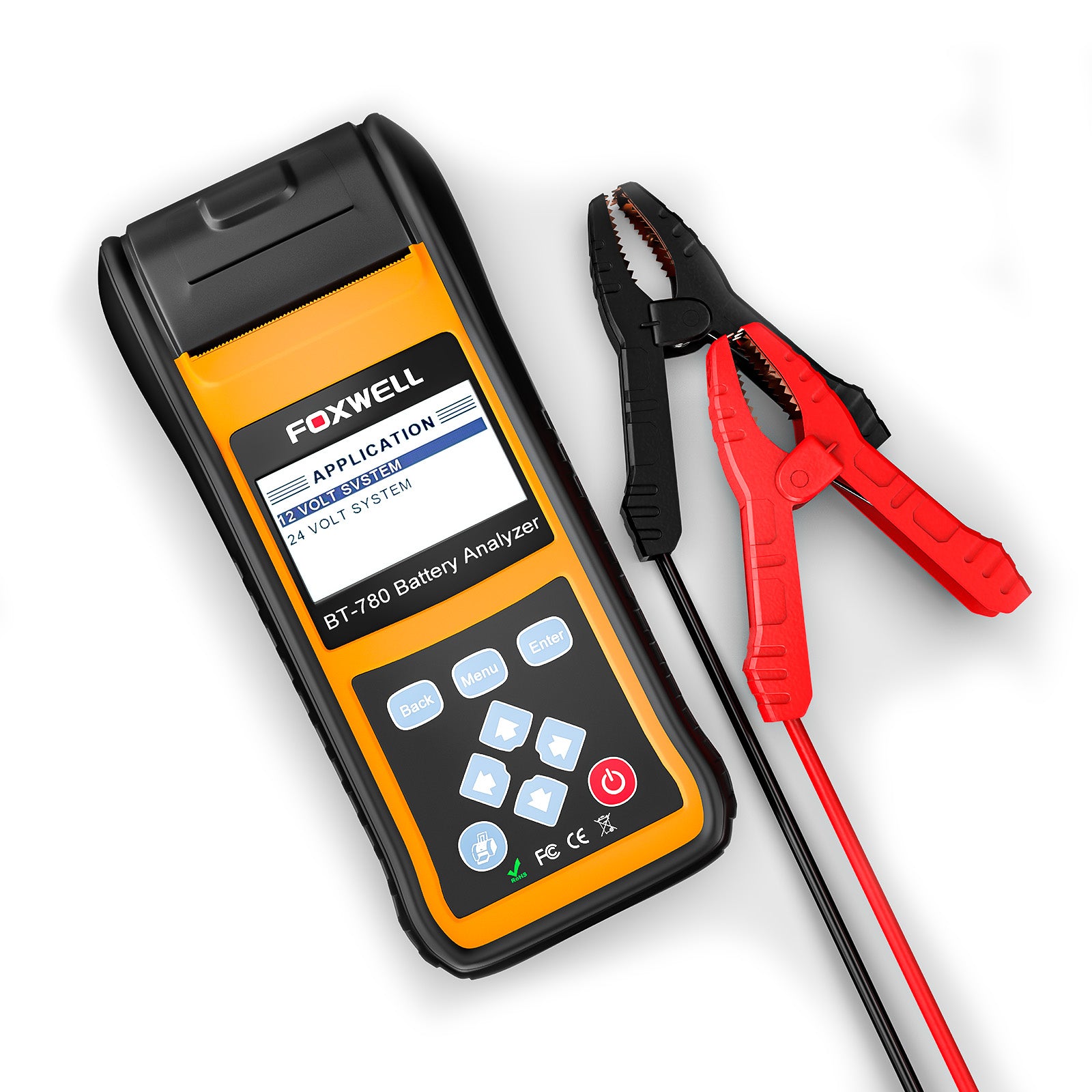
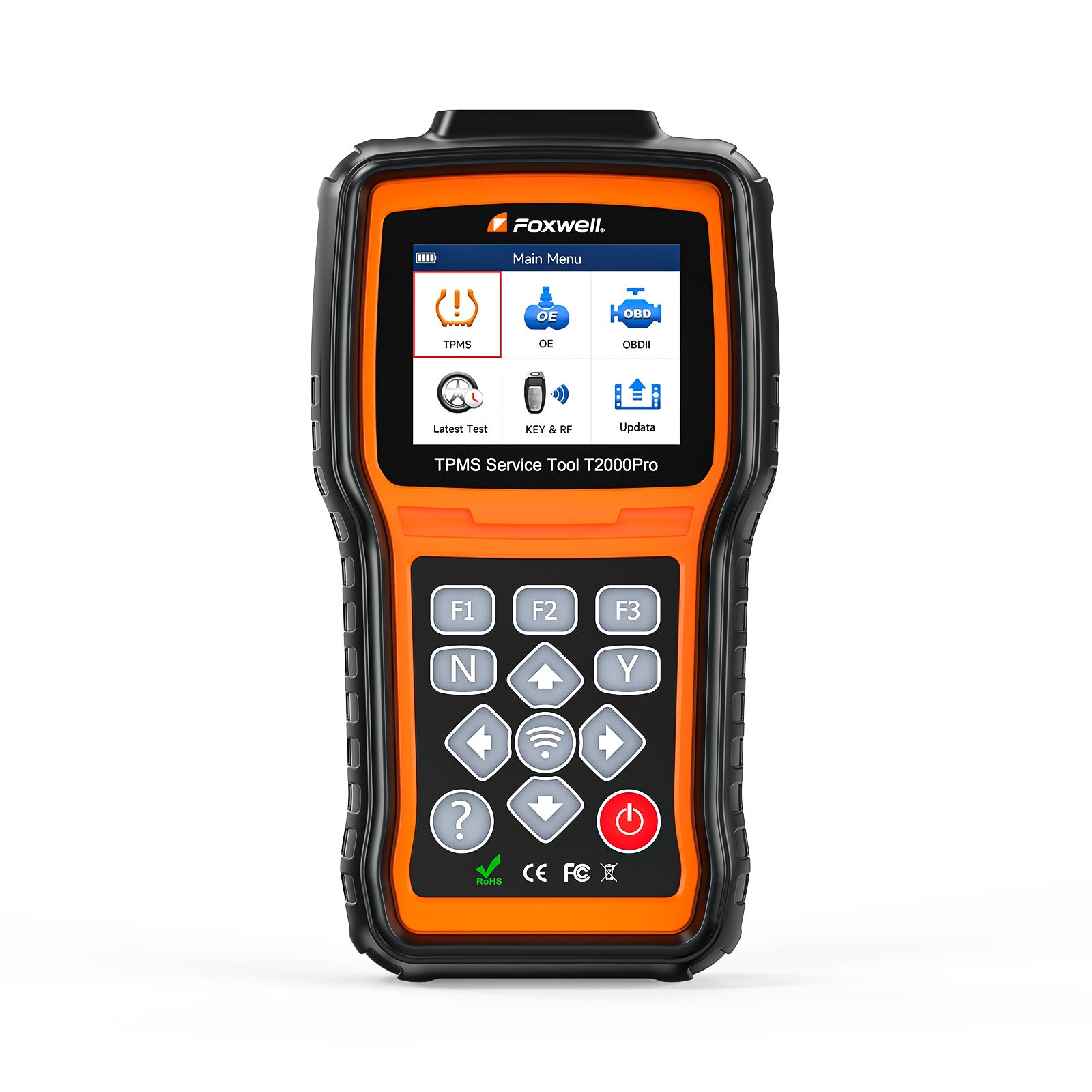
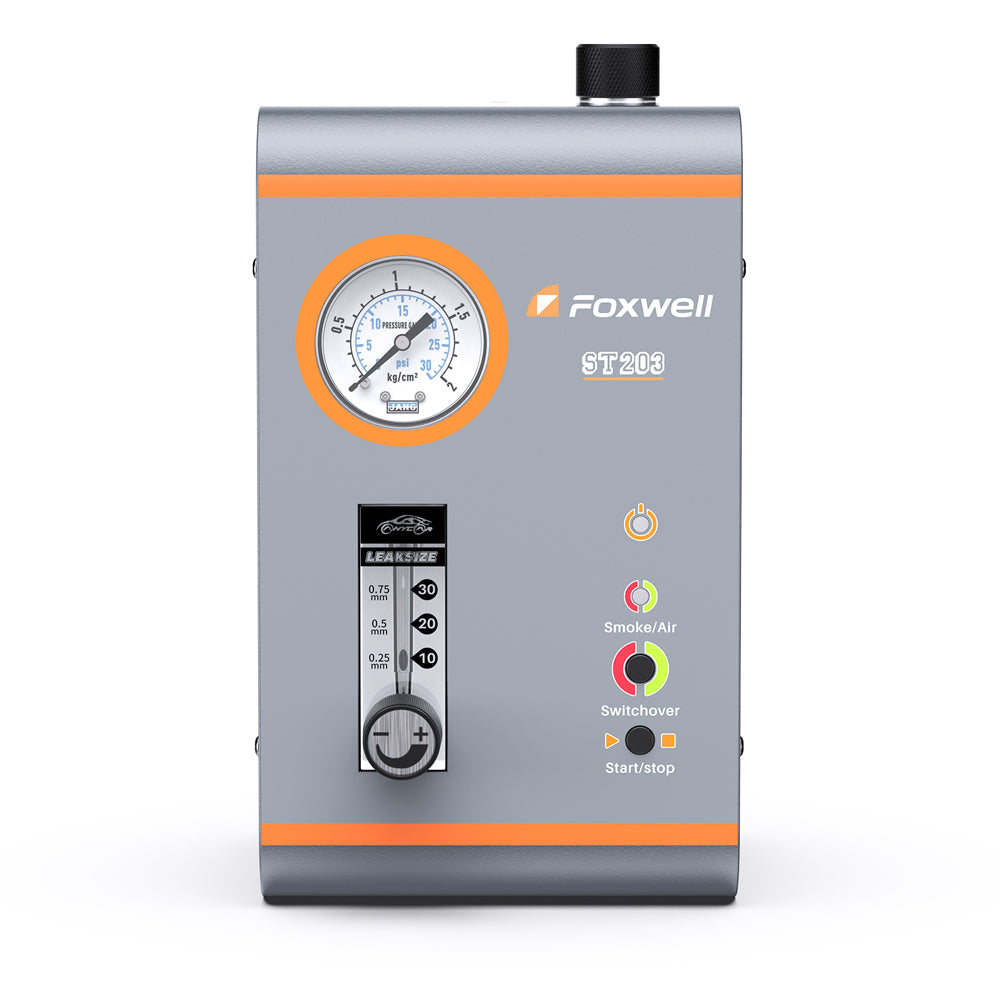
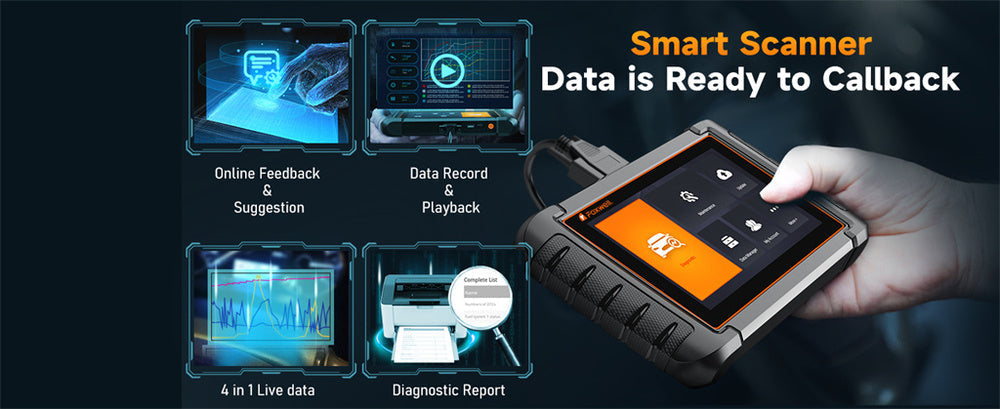
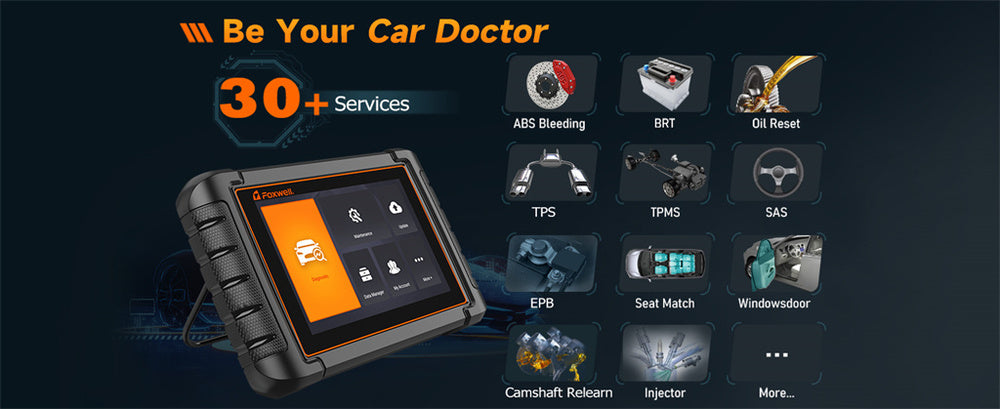
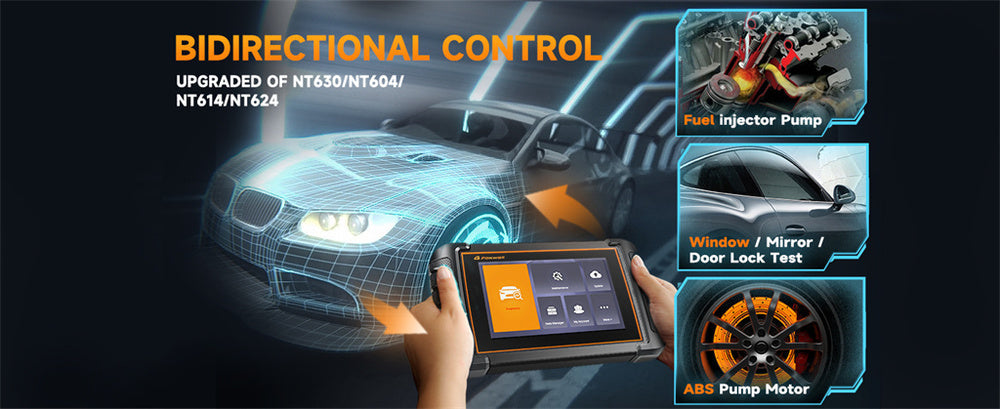
Leave a comment
This site is protected by hCaptcha and the hCaptcha Privacy Policy and Terms of Service apply.